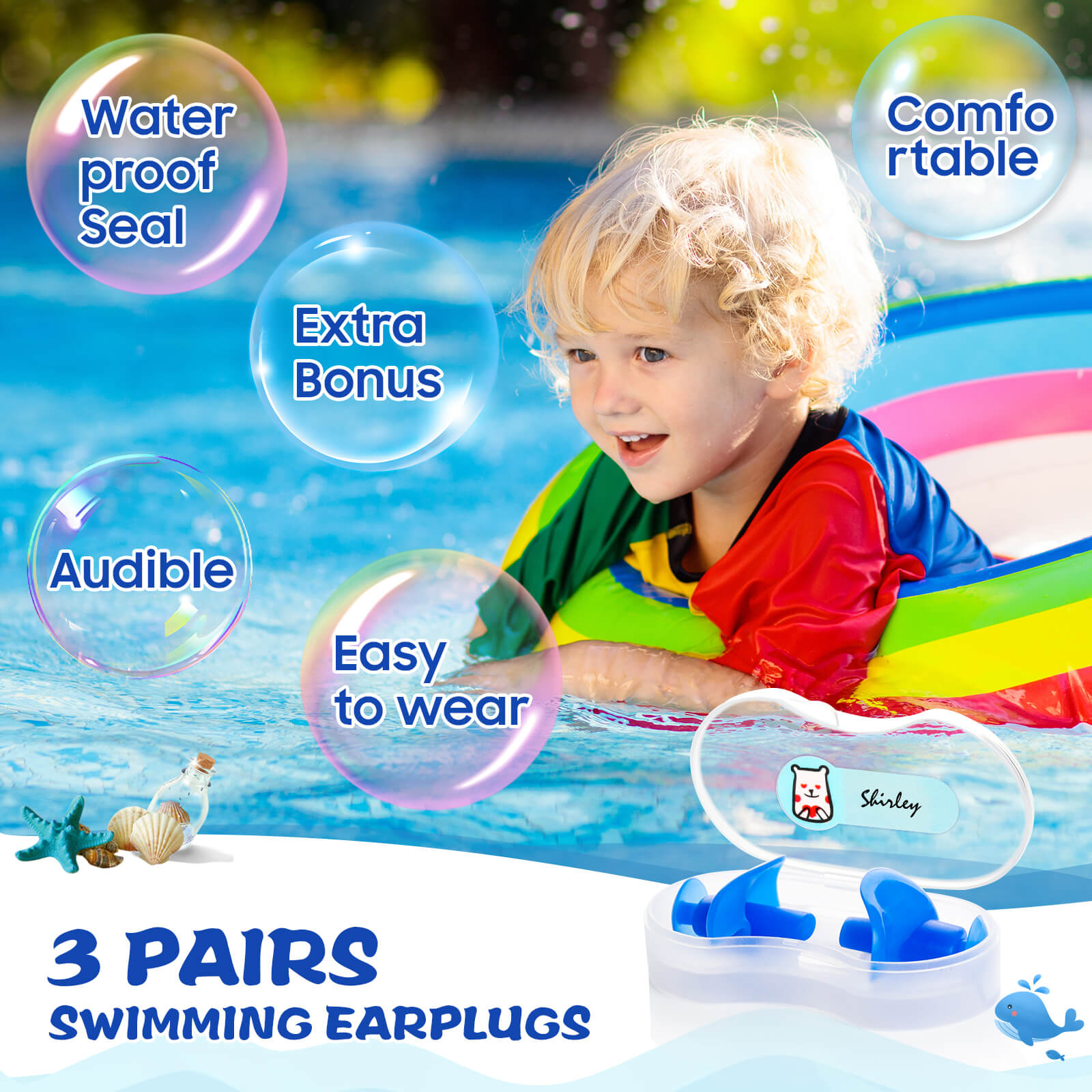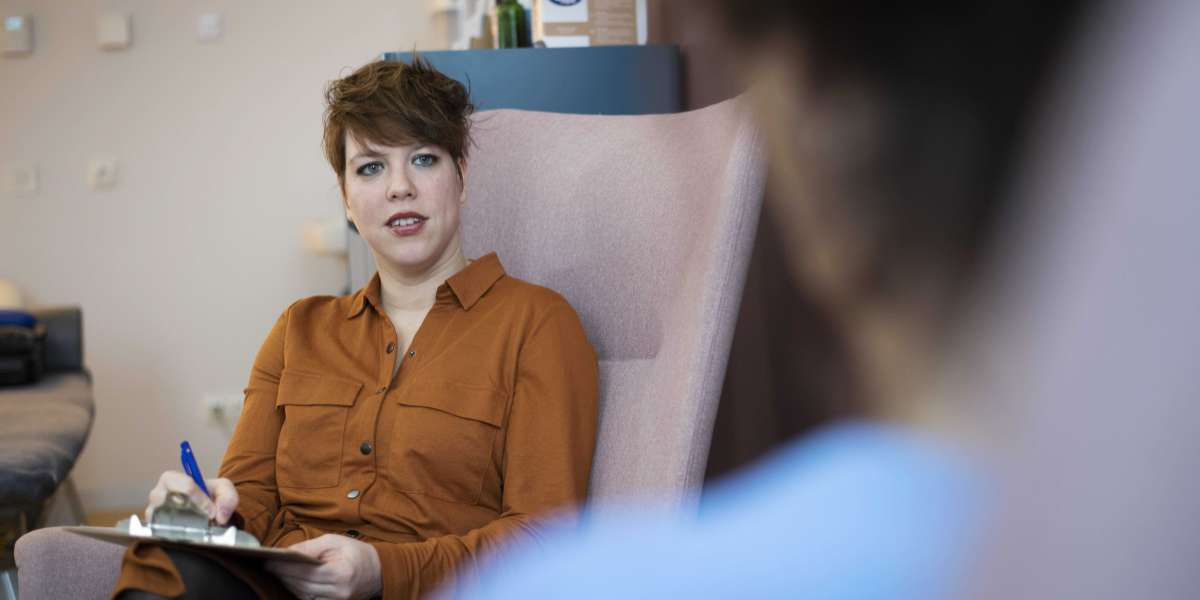When it comes to protecting our children's hearing, ear plugs play a crucial role. Whether it's for swimming, loud events, or even to help them sleep better, there are various types of ear plugs available for children. In this article, we will explore the different options and their benefits, ensuring that you can make an informed decision for your child's needs.

The Importance of Protecting Children's Ears
Children have delicate ears that are more susceptible to damage from loud noises. Prolonged exposure to loud sounds can lead to hearing loss and other auditory issues. Therefore, it is essential to provide them with the necessary protection.
One of the most effective ways to protect children's ears is by using ear plugs. These small devices can reduce the intensity of sound and prevent potential damage. Let's dive into the different types of ear plugs available for children:
Standard Foam Ear Plugs
Standard foam ear plugs are a popular choice for children due to their affordability and ease of use. They are made of soft foam material that can be compressed and inserted into the ear canal. Once inside, they expand to create a snug fit, blocking out external noise.
These ear plugs are suitable for various activities, such as concerts, fireworks, or loud sporting events. They provide a significant reduction in noise levels, making them ideal for children who are sensitive to loud sounds.
Silicone Ear Plugs
Silicone ear plugs are another option to consider for children. They are made of a soft, flexible material that molds to the shape of the ear canal, providing a comfortable and secure fit. Silicone ear plugs are reusable and can be easily cleaned, making them a cost-effective choice.
These ear plugs are particularly useful for swimming or bathing, as they create a watertight seal, preventing water from entering the ear canal. They also help reduce the risk of ear infections caused by water exposure.
Custom Molded Ear Plugs
For children who require a more personalized fit, custom molded ear plugs are an excellent option. These ear plugs are made by taking an impression of the child's ear canal, ensuring a perfect fit.
Custom molded ear plugs provide superior comfort and noise reduction. They are particularly beneficial for children with sensory sensitivities or those who need to wear ear plugs for extended periods. While they may be more expensive than other options, the customized fit and enhanced performance make them a worthwhile investment.
Flanged Ear Plugs
Flanged ear plugs, also known as musician's ear plugs, are designed to reduce noise levels while maintaining sound quality. They feature multiple flanges that create a seal in the ear canal, allowing for a more natural listening experience.
These ear plugs are suitable for children who attend concerts, play musical instruments, or participate in other activities where sound quality is essential. Flanged ear plugs provide a balanced reduction in noise, preserving the clarity of music or speech.
Exploring the different types of ear plugs available for children is crucial to finding the right solution for your child's specific needs. Whether it's foam ear plugs, silicone ear plugs, custom molded ear plugs, or flanged ear plugs, each option offers unique benefits.
Remember, protecting your child's hearing is essential, and investing in a quality pair of ear plugs can make a significant difference. Ensure you choose the appropriate type of ear plugs based on the activity and level of noise your child will be exposed to.
Conclusion
By exploring the different types of ear plugs available for children, you can make an informed decision to protect your child's hearing. Whether it's foam, silicone, custom molded, or flanged ear plugs, each option offers specific advantages. Remember to prioritize your child's comfort and the level of noise reduction required for the activity at hand.
For more information on ear plugs and child hearing protection, please visit the following credible sources:








